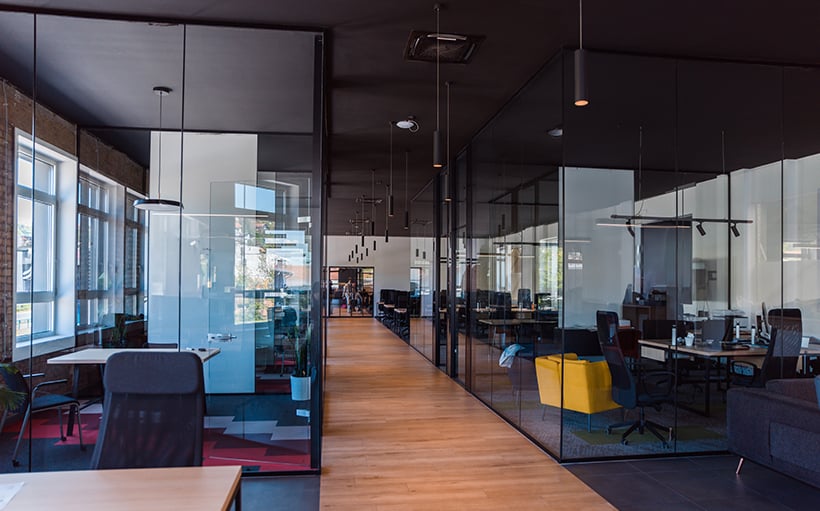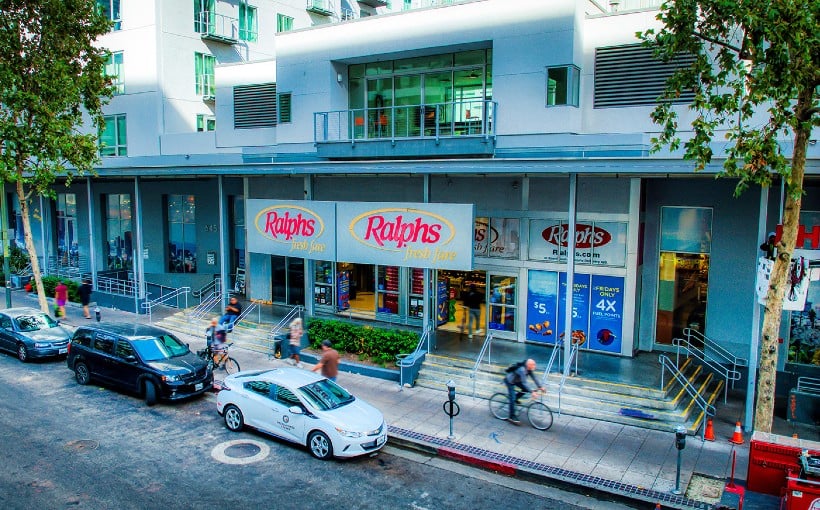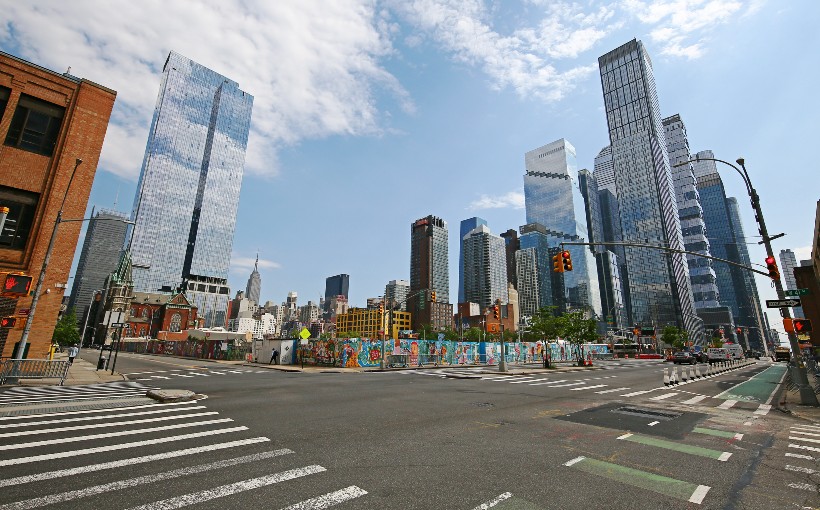When the term “flex space” is mentioned, it often brings to mind a large room, typically an office, with moveable walls and portable furniture. The word “flex” itself implies flexibility. However, experts in the commercial real estate industry are now saying that the concept of flex space has evolved to encompass various formats within both interior and exterior spaces.
So what exactly is considered flex space? According to Emily Strain, Associate Principal at Corgan , historically it referred to adaptable spaces that could easily be transformed for new uses or additional staff without significant costs. However, Strain notes that today’s definition of flex has expanded beyond just physical adaptability and can include different seating strategies in workplaces or accommodations for remote work.
Albert De Plazaola , Global Principal at Unispace , adds that there are two main attributes of flexible spaces: they can be easily reconfigured for different purposes using demountable wall systems or movable furniture; and they allow for changes in headcount or project work without expensive buildouts.
Strain also points out that while flex was traditionally associated with workplace environments, it now applies to any built environment as most buildings are only used part-time throughout the day. By creating dual functionality within a single space through flexible design elements like modular walls and furnishings, construction waste can be reduced while operational costs remain low.
Jason Fudin , CEO & Co-Founder of Placemakr , emphasizes how important offering customers options is when considering a successful approach towards flexibility rather than sticking with one standard solution across all properties. For example his company offers empty apartments as well as fully furnished ones along with virtual check-ins – meeting their customers where they’re comfortable being met!
Fudin also mentions how external factors such as pandemics have caused shifts towards more sustainable plays by commercial real estate owners who understand its inherent value during all cycles/seasons; this includes customer perceptions regarding usage which have changed drastically in the last 20 years. For example, renting a room through Airbnb was once unthinkable but is now widely accepted. Additionally, people are no longer content with traditional conference spaces and instead seek out more tech-forward options like WeWork or Industrious.
De Plazaola believes that the success of a flex strategy lies in how easily a space can be transformed for different uses – he calls this approach “smart block” where each block represents a different function that can be swapped as needed (think Legos for workspaces). Strain adds that utilization is another key factor to measure success; if employees aren’t comfortable working in flexible environments then it won’t matter how well-designed or intentioned they are.
Fudin’s measures of success include higher yields, lower volatility and engaging happier/more diverse customers by aligning interests between owners/operators/brands through revenue sharing agreements rather than ongoing leases while also focusing on unit economics during scaling efforts.
However, not all organizations may benefit from implementing flex strategies – private offices don’t lend themselves well due to privacy concerns while other spaces such as airport lounges/co-working/student unions/retail shops have their own set of challenges including noise/distractions. Furthermore too much focus on future-proofing without proper design leadership could result in ineffective present-day solutions according to Strain who also cautions against giving users free reign over design choices without considering scalability or building codes/certificates of occupancy requirements which allow flexibility when changing use types later down the road.




